As an archipelago of 18 islands in the harsh Northern Atlantic, the Faroese people are a resilient bunch that have lived in relative isolation for hundreds of years.
First, where are the Faroe Islands? Don’t worry, you’re probably not the only one asking. The Faroe Islands are located in the Atlantic Ocean about halfway between Iceland and Norway. The country is under the kingdom of Denmark but the Faroese have their own language, currency, and traditions.
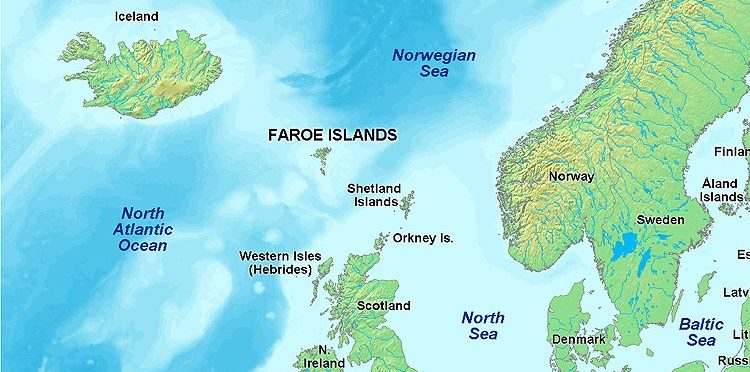
The Faroe Islands are sparsely populated too with only about 49,000 residents (there are about 70,000 sheep FYI). Speaking of sheep, the Faroese had a viral tourism campaign a couple of years ago when they strapped cameras to sheep as a makeshift “Sheep View” alternative to Google’s Street View. Amazing.
There are fewer and fewer places in the world that feel, at least in part, “undiscovered.” When I went in mid-September, just after peak tourist season, the Faroe Islands definitely felt like it still fell in that category. But that’s quickly changing. More on that in a bit.
Just How Isolated Are The Faroe Islands At The Moment?
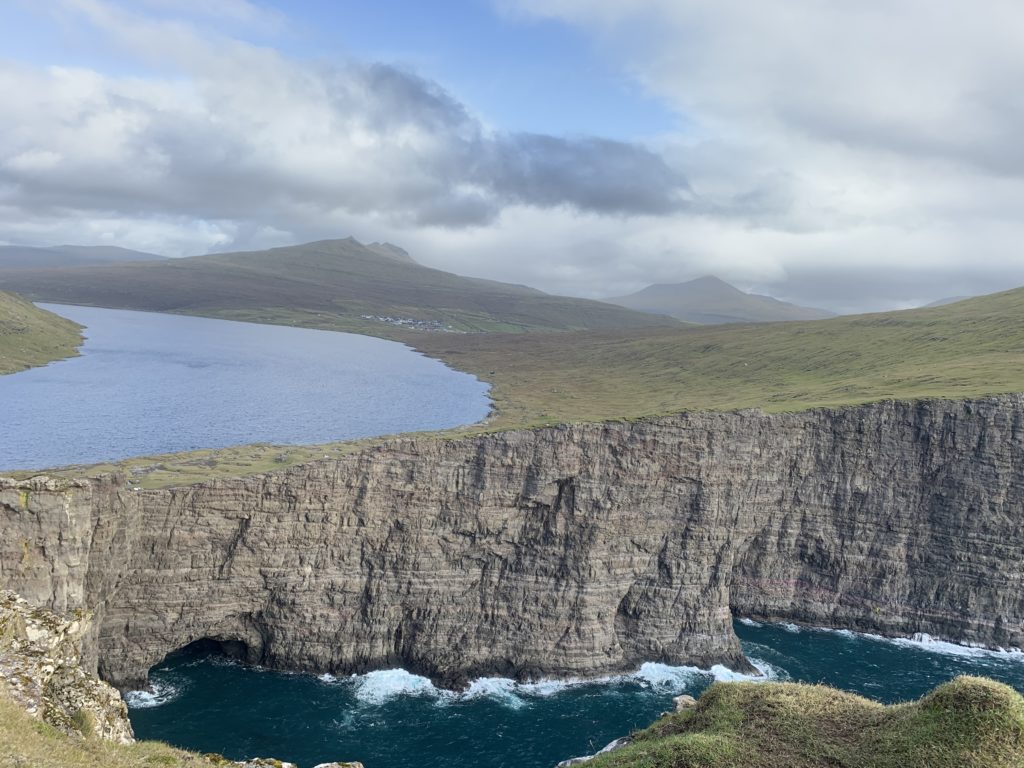
Lake Leitisvatn to Trælanípa and Bøsdalafossur in Vágar
Think about this for a second. One of the most popular Faroe Islands hikes falls on private land, and the land owner estimated about 200 hikers per day during the months of June, July, and August this year. That hike, from Lake Leitisvatn to Trælanípa and Bøsdalafossur, costs money like many other hikes across the country.
In September and the months after, the number of hikers will drop to roughly about 50 per day or less. That is an incredibly low number for a well-recognized attraction that is located next to the only airport and is in almost every guide.
In fact, to further put things into perspective, the Faroe Islands has less than 1% of the visitors that the Eiffel Tower in Paris gets each year. The islands had a total of 60,000 vacationers all of last year, with just 4,500 coming from North America.
During my week in the Faroe Islands, even the popular sites had, at most, only a handful of other tourists. Often, my friend and I had an entire hike or site completely to ourselves.
Atlantic Airways: A National Airline With Only Three Planes
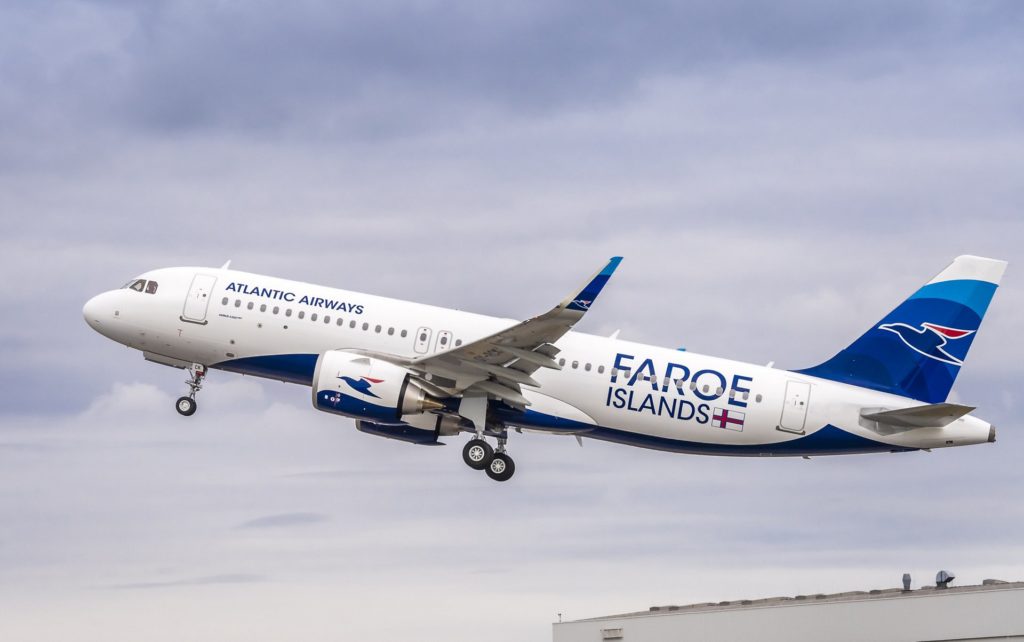
This Atlantic Airways A320neo is one of only three planes the carrier operates
The national carrier of the Faroe Islands is Atlantic Airways. The airline operates daily to Copenhagen and has additional service to cities like Edinburgh, Bergen, Barcelona, Paris, Reykjavik, and more. However, there’s a caveat to all those cities. That service is infrequent and/or seasonal since Atlantic Airways only has three planes in its entire fleet — an Airbus A319, A320, and A320neo. That’s it.
There’s the ferry that connects the Faroe Islands with Denmark and Iceland but that takes days and is not frequent either.
Faroe Islands Tourism Is Quickly Growing
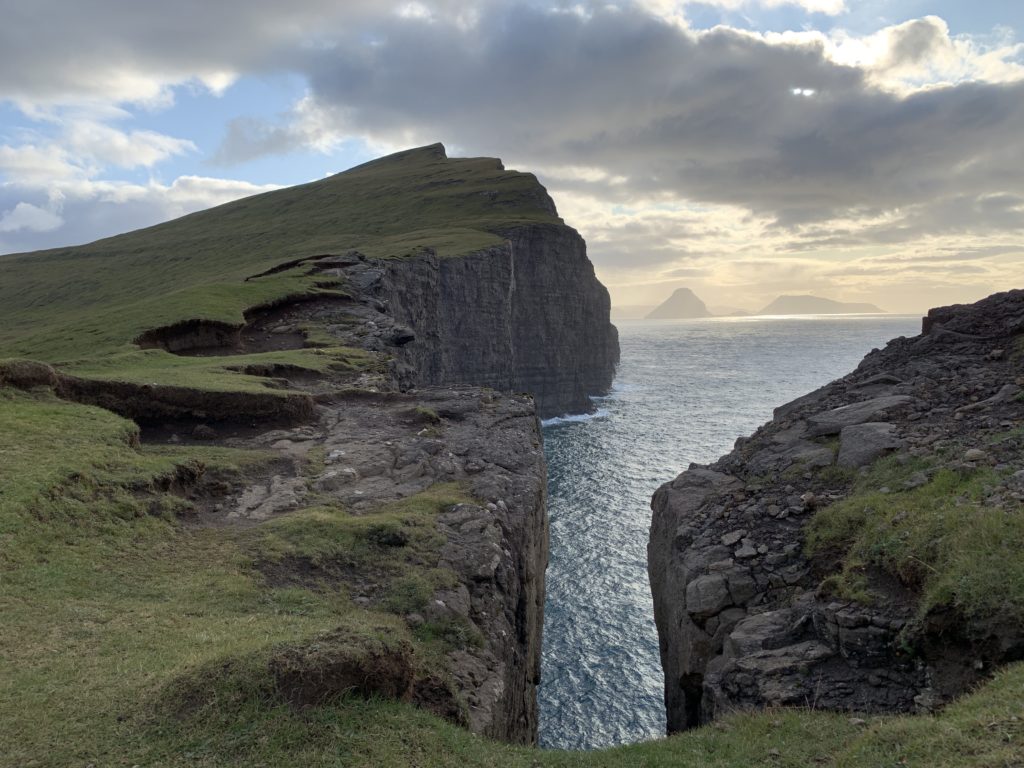
The unmistakeable beauty of the Faroe Islands
Still, that definitely is not to say there are no tourists here. In fact, the opposite is happening. Tourism is rapidly expanding.
While I was there at the start of the off-season, the number of visitors during high season is already starting to pose problems. One of my Airbnb hosts told me that this past summer, there were so many people visiting Kalsoy — an island that requires a ferry to get to for its famous lighthouse hike — that locals would sometimes not be able to get to work or get home because the ferries would be full.
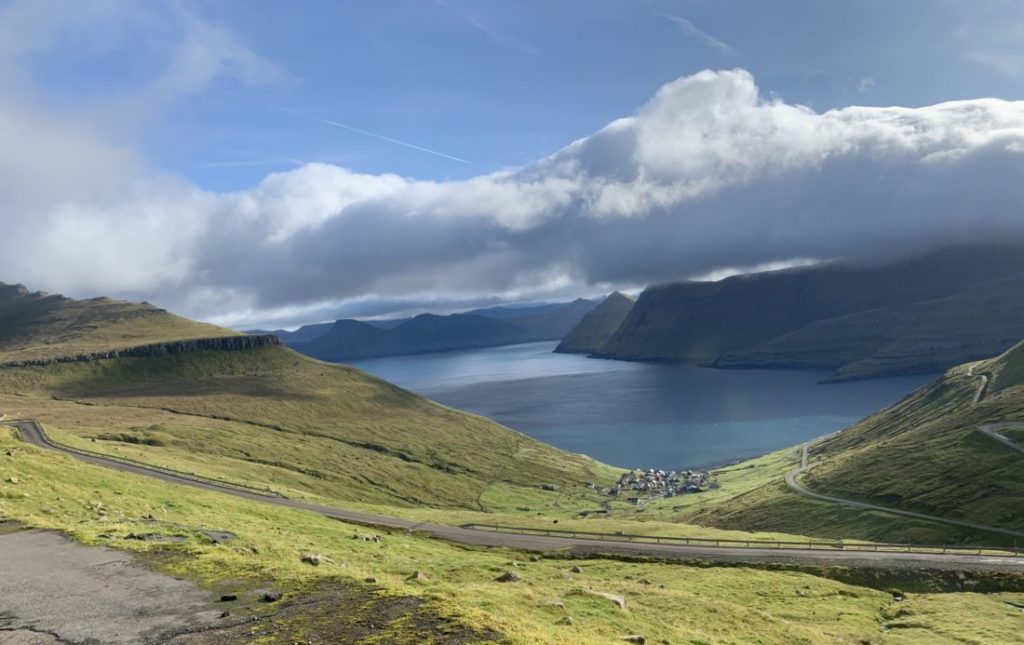
Tourism has exploded in another north Atlantic country too — Iceland. It is believed that some tourists are visiting the Faroes at least in part because neighboring Iceland has basically reached peak tourism. Iceland is, in a word, overrun with tourists — and the Faroese know that. People are looking for less explored destinations, where they can find solace away from huge tour buses taking you to your next selfie.
Many Faroe Islands Hikes Now Cost Money
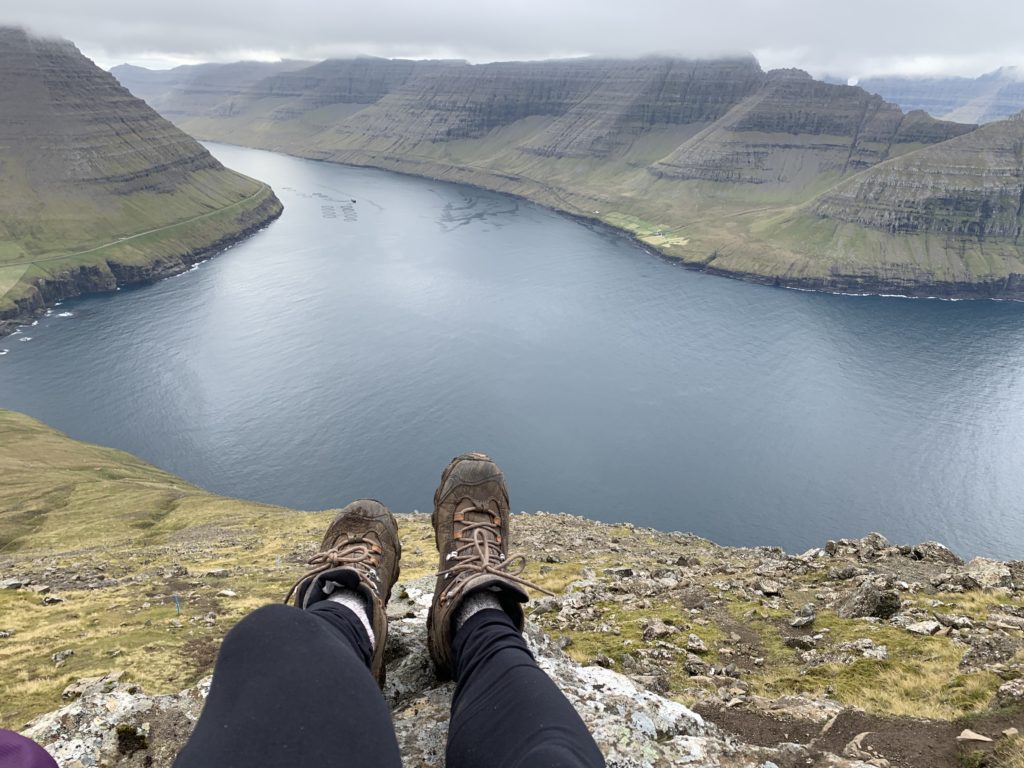
This hike on the island of Vidoy has a fee of 200 DKK
The rise of tourism on the Faroe Islands is certainly great for the Faroese economy and for many of the locals. And it’s well deserved. The Faroe Islands are mind-bogglingly gorgeous and many of the people are some of the most friendly you’ll ever meet.
However, the country’s infrastructure is clearly not ready for prime time. One of the biggest appeals of visiting the Faroe Islands is its natural beauty. There are dozens of hikes, with several of the major ones all over Instagram. However, most hikes in the country are on private land. That means thousands of hikers, like myself, trodding all over a farmer’s pasture (and basically ruining the land).
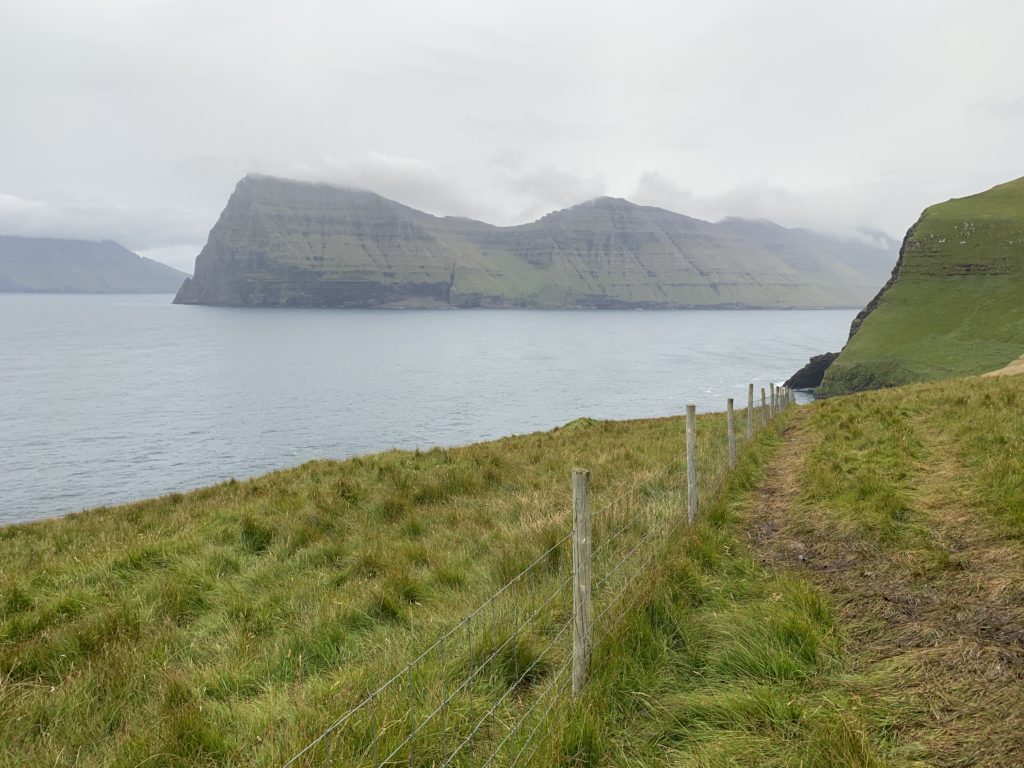
Much of the land is worn from tourists
That land also becomes worn and with continually wet conditions, also is muddy, slippery and sometimes, dangerous. While the scenery is absolutely breathtaking, many hikes simply were single file mud paths on the side of a cliff. Yes, it certainly feels “off the beaten path,” but it also isn’t sustainable.
Land owners have begun to charge tourists for accessing their land which means many hikes are no longer free. The fees are being instituted so quickly that most information online (including blogs like this one) is probably already outdated by the time you read it.
And we’re not talking about just a few dollars. For example, the popular Lake Leitisvatn to Trælanípa and Bøsdalafossur hike near the airport costs 200 DKK, about $30 USD. That fee was just instituted in April 2019 and most guides have little information on it. Thankfully, in this case, it seems that money is actually going towards decent facilities and upkeep of a developing trail. The land owners even accept credit card payments.
If that money is actually going towards land management, trail signage, safety, etc., then I’m all for it. However, it’s hard not to think that some Faroese landowners may start charging money because they know tourists will want to hike there. At the moment, there is little government or public oversight into these activities. FYI, some hikes are as much as 550 DKK.
Locals Are Conflicted About Tourism
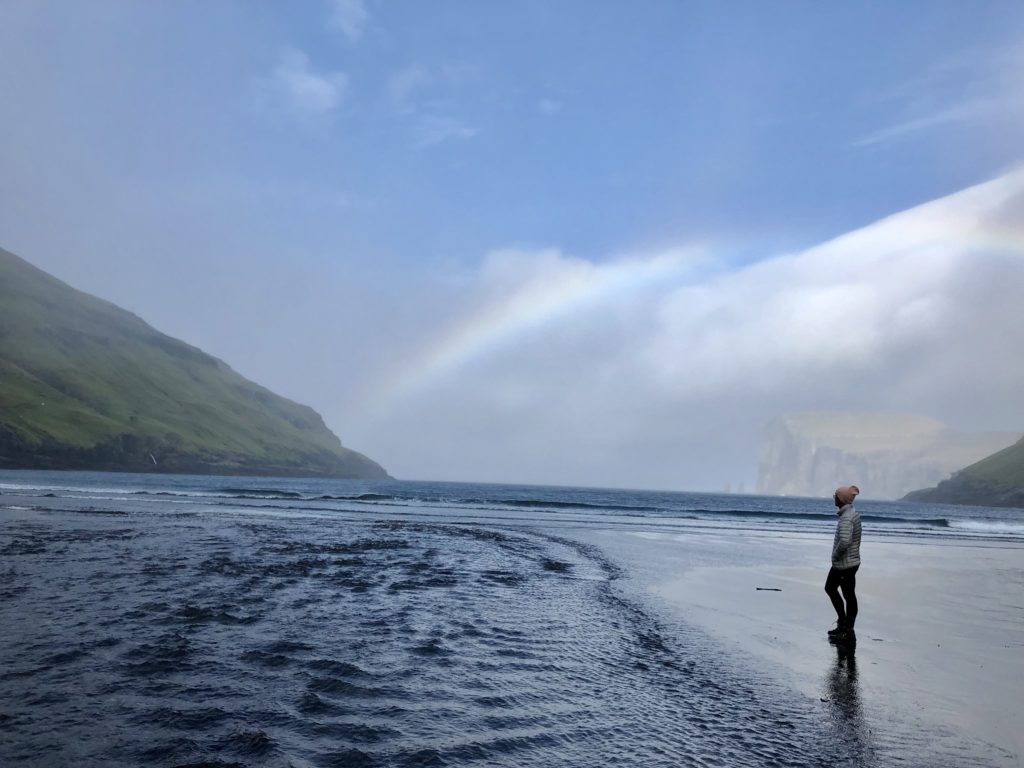
The local Faroese people are excited yet anxious about the future of tourism in the Faroe Islands.
On one hand, almost every Faroese person I spoke to was excited about the prospect of having more flights into the country, including the rumored direct Atlantic Airways flight between the Faroe Islands and New York. I have my doubts that will happen anytime soon, and in fact, I hope it doesn’t launch for at least a few years. By then, hopefully the country will be better equipped to handle the inevitable crowds.
On the other hand, most locals are also weary of tourists — and they have a right to be. They see Iceland as a prime example of what they don’t want their country to become.
I heard countless anecdotes of locals annoyed with travelers, like two Israeli men who recently went kayaking and had to be rescued TWICE by helicopter. Then, there was a British man that swam between two islands even after locals told him not to for his own safety.
The Faroese think the government needs to have the courage to take action about what tourists can and can’t do. Right now, there really aren’t rules — which is somewhat part of the appeal of visiting the islands.
The Upshot
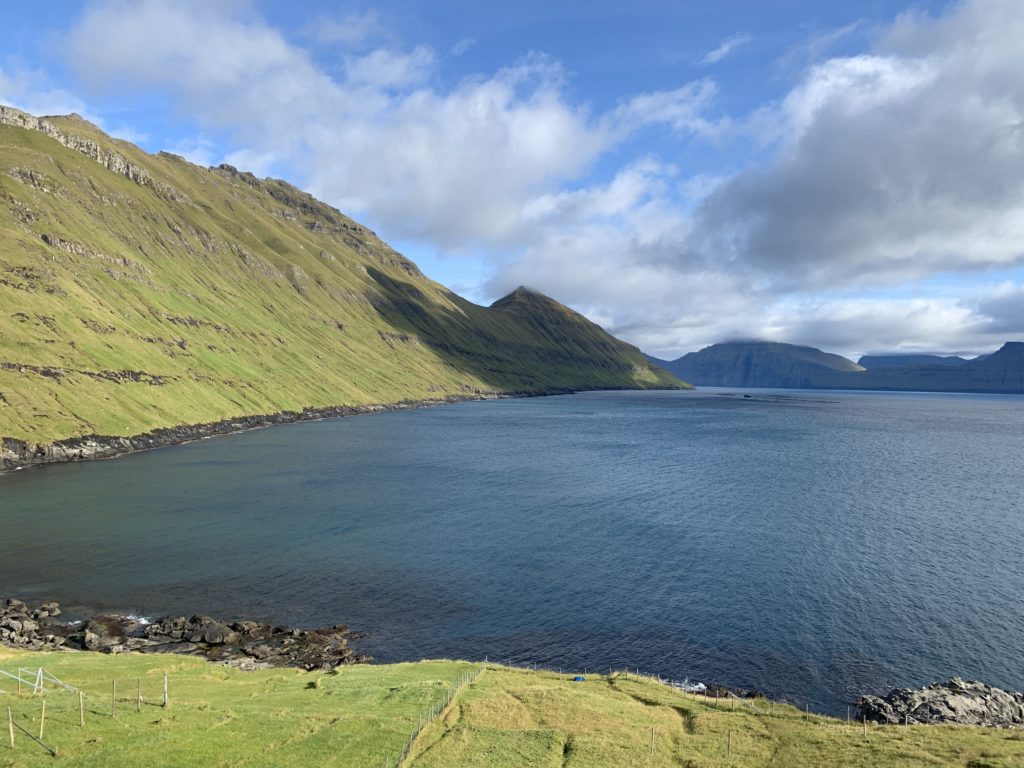
The Faroe Islands are an incredible place. But this place isn’t for everyone just yet. My visit made me consider what it means to be a tourist in a country that doesn’t know what exactly to do with tourists. I’m sure that in a few years, the Faroe Islands will be more ready to embrace an influx of travelers. Culturally however, it may take a while longer for that to happen.
For now, I’m hesitant to recommend every traveler to come fly here and experience the Faroe’s unmistakable beauty. Maybe part of me selfishly just wants to keep that beauty to myself. But I also know that I want the Faroe Islands to set their own terms for tourism, and not for tourists to impose their ways.
If you do come to the Faroe Islands, listen to the locals, follow their advice, and please don’t just come for the Instagram photo.
Related: 6 Reasons Why You Should Visit The Faroe Islands
The responses below are not provided or commissioned by the bank advertiser. Responses have not been reviewed, approved or otherwise endorsed by the bank advertiser. It is not the bank advertiser's responsibility to ensure all posts and/or questions are answered.